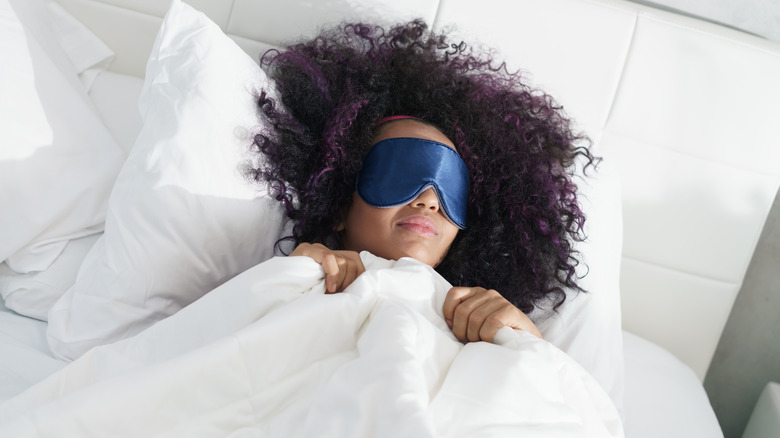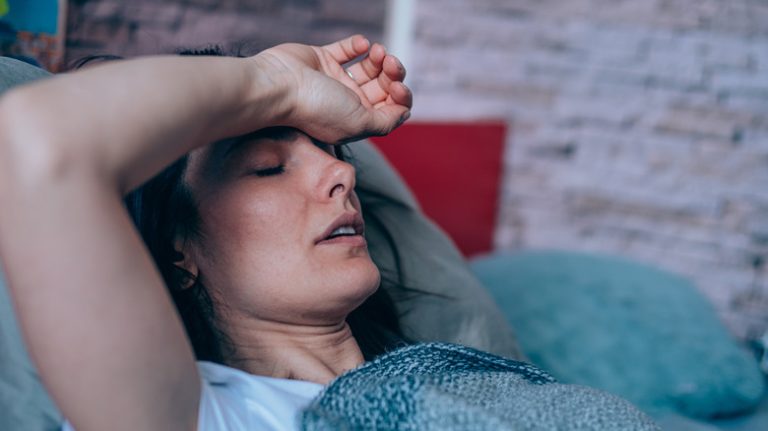From emergency responders to those in the hospitality, entertainment, or service industries, the US Bureau of Labor Statistics reports that roughly 16% of employees work schedules that fall between the hours of 6 p.m. and 7 a.m. (via Sleep Foundation). The functioning of nearly all our bodily systems is largely influenced by light and dark — that is, the natural rhythm of our 24-hour sleep-wake cycle or “circadian rhythm,” according to the US Centers for Disease Control and Prevention (CDC).
Working throughout the night poses challenges to this natural rhythm and has been linked to an increased risk for various health conditions, such as heart disease, type 2 diabetes, metabolic disorders, digestive problems, and reproductive issues, amongst others (via CDC). Some research also shows that those who work nights may be at an increased risk for cancer, especially those who begin night shift work before age 30.
To help mitigate the risk for future health conditions, experts share their top advice for how we can work in tandem with our biological clock when working nights.
How to use food and light exposure to your advantage

One of the biggest obstacles facing night workers is light exposure. Nighttime darkness can make you sleepy on the job, while sunlight streaming through your bedroom window after a shift can make it difficult to fall asleep. A 2024 study published in the Journal of Clinical Sleep Medicine found that nurses who were exposed to bright lighting at the start of their night shift and then wore dark sunglasses after leaving work to reduce exposure to daylight experienced an improvement in insomnia symptoms (via MedicalNewsToday). This research suggests that manipulating exposure to light may help night shift workers get more thorough rest. To further boost quality of sleep, experts encourage the use of blackout curtains, sleep masks, and minimizing screen time prior to falling asleep (via MedicalNewsToday).
In addition, mapping out what foods to eat and when to eat them can also help reduce insomnia symptoms. “Cravings and ‘munchies’ happen more frequently from my experience [with night shifts],” internal medicine doctor Dr. Eva Selhub tells mindbodygreen. While it’s logical to reach for sugar or caffeine throughout the night, experts suggest lighter, more digestible foods like fruit, vegetables, rice, pasta, or salad to help keep you fueled without interfering with sleep (via MedicalNewsToday). Additionally, items like sweet potatoes or quinoa are best eaten prior to a shift for sustained energy (via mindbodygreen).



